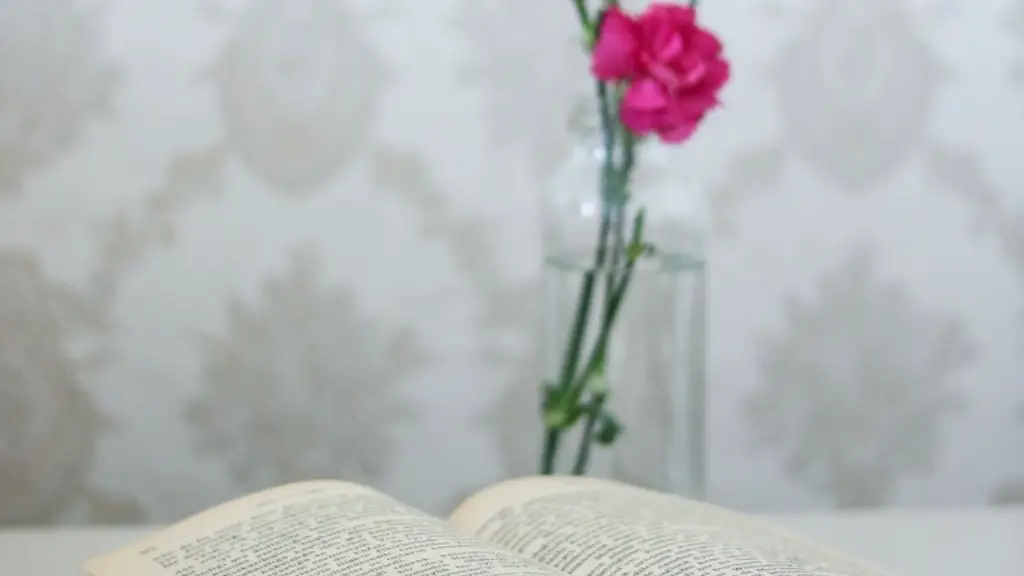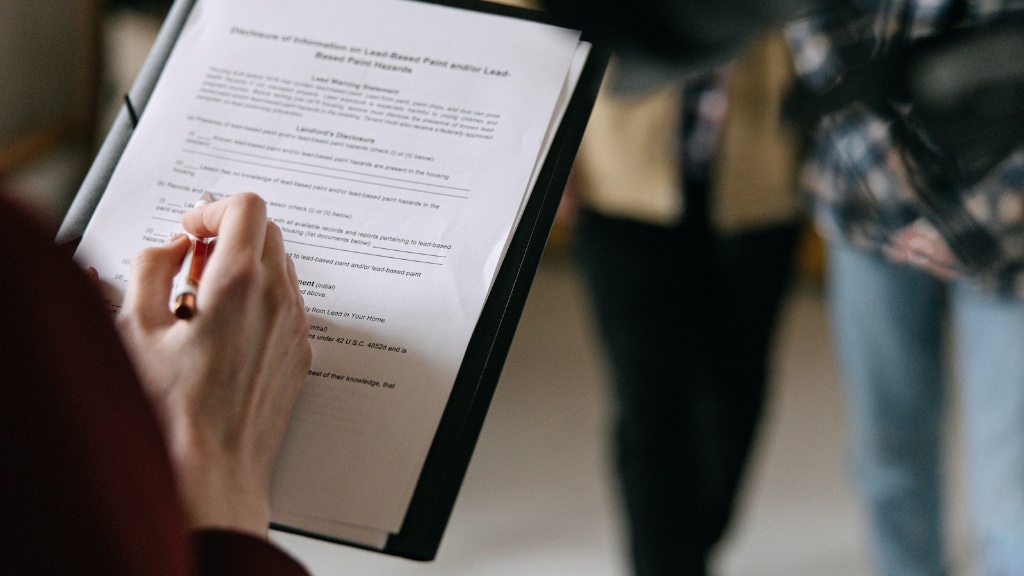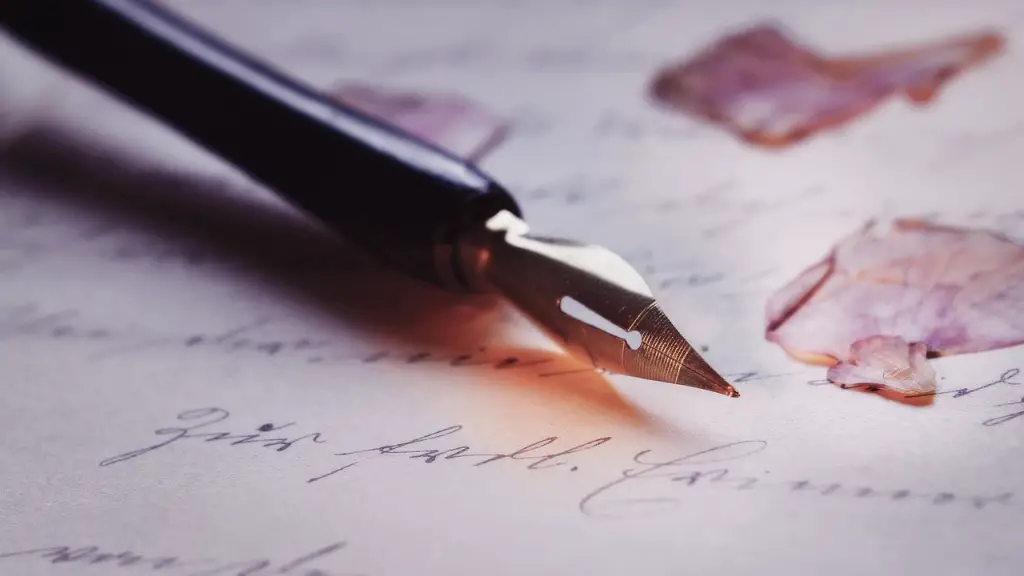Overview of Poetry Analysis
Poetry analysis is the process of examining and interpreting a poem. By studying a poem’s structure, content and language, one can gain a deeper understanding of the work. In order to begin to analyze a poem, it is important to understand the different elements of poetry. This includes reading the poem closely and identifying the poem’s meter, rhyme scheme, subject matter, imagery, tone, and form. Additionally, one should consider what the poem is trying to convey, including wider themes or motifs.
What Is the Structure of a Poem?
All poems have a structure. This includes the number of lines, the length of the lines, the rhythm, and the rhyme scheme. The structure of a poem can range from a single line to many stanzas, and even entire books. Poets often choose to use the same structure and rhyme scheme throughout a poem, or change the structure of a poem to match the subject matter.
Interpreting the Poem’s Language
The language of a poem is another important element to consider when analyzing a poem. This includes elements like figurative language, diction, syntax, and repetition. Analyzing the language of a poem can help one gain insight into the symbolism, rhythms and overall meaning of the work. Additionally, each poet often has a distinctive “style” or “voice” that can be recognized in the language of the poem.
Recognizing Tone and Emotion
The tone and emotions expressed in a poem can be a rich source of understanding for the reader. Analyzing the tone can help a reader better understand the poet’s attitudes and feelings towards the subject matter. As with the language, each poet has a unique “voice” or “style” to their writing, which can be identified through examining their use of tone and emotion.
Exploring the Imagery
Imagery is the use of figurative language, such as metaphors, similes, and personifications, in a poem. Analyzing the imagery of a poem can help to gain understanding on the deeper, symbolic meanings. For example, if a poet uses a lot of imagery, such as comparing something to a flower, this could suggest the poem is about being delicate and beautiful.
Considering Larger Themes and Motifs
As with all works of literature, a poem may contain one or more themes or motifs. These can refer to larger, symbolic meanings that are repeated throughout the poem. Recognizing thematic elements can help to gain a deeper understanding of the poem and its overall message.
Importance of Context
Finally, when analyzing a poem, it is important to consider the historical, literary, and cultural context of the time period it was written. For example, if a poem was written during the 1950s, examining the political, social, and cultural issues at the time can provide a greater understanding of the poem’s themes and messages.
Comparisons in Poetry
When analyzing a poem it is important to consider the use of comparisons in the work. Comparisons are used to draw attention to a specific characteristic or feature of an object, person, or idea and highlight its importance. A comparison can be used to illustrate a theme or idea, or to draw the reader’s attention to a certain part of the poem.
Rhetorical Devices
Rhetorical devices are used to create a desired effect or mood in the poem. These devices can include rhetorical questions, alliteration, irony, and hyperbole. Examining the use of such devices can help to gain insight into the poet’s messages and intentions.
Discovering Meaning in poetry
When analyzing a poem, it is important to consider the poem on its own, separate from its context and other works. Focusing on the language, imagery, tone, and structure of the poem can help to reveal its meaning. This deeper understanding of the poem can then be combined with contextual analysis in order to gain a truly comprehensive understanding of the poem.
Identifying Symbols
Symbols are used in poetry to represent something else, often a more complex or abstract idea. Identifying symbols can be a powerful tool in analyzing a poem and gaining insight into its deeper meaning and messages. For example, if a poem contains a lot of references to birds, this could symbolize freedom or independence.
Form and Style
The structure and style of a poem can provide insight into its meaning and messages. Examining the use of various elements such as meter and rhyme scheme can help to reveal the poet’s intentions. Additionally, each poet often has a distinct “style,” which can also be identified through analyzing the poem’s form and structure.
Responding to poetry
When analyzing a poem, it is important to also consider one’s own emotional and intellectual response to the work. For example, if a poem evokes a particularly strong response in the reader, it can indicate that the poet is attempting to evoke powerful emotions. Additionally, the reader’s own interpretations of the poem can provide important insight when analyzing the work.
Using all of the senses
Another important tool in analyzing a poem is to consider the poem from multiple perspectives. This includes using all five senses: sight, sound, taste, touch, and smell. By considering how the poem affects each of the senses, the reader can gain a greater understanding of the poem’s message, and the subtleties of the poet’s approach.
Finding Interconnections
When analyzing a poem, it can be useful to pay attention to the interconnections between different elements within the poem. This includes examining the use of words, images, and symbols. Analyzing the interconnections between elements can help to reveal themes, motifs, and further meanings within the poem.
Analyzing Reoccurring Patterns
When studying a poem, a reader should look for any reoccurring patterns or themes within the poem. For example, a poem may have a repeating idea or theme that ties the poem together. Identifying such patterns can help to gain insight into the overall meaning of the poem, and the poet’s intentions in writing it.
Drawing Conclusions
An important part of analyzing a poem is to draw conclusions about the work. This means taking the various elements of the poem into account, such as structure, language, imagery, tone, and themes in order to draw conclusions about the overall message. Additionally, the reader’s own interpretations of the poem should be factored in as part of the analysis.




